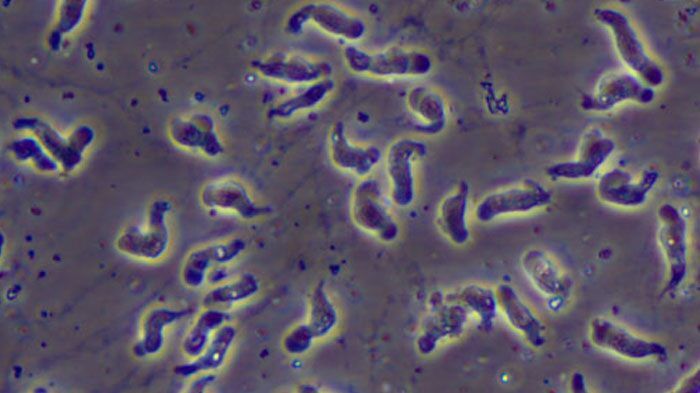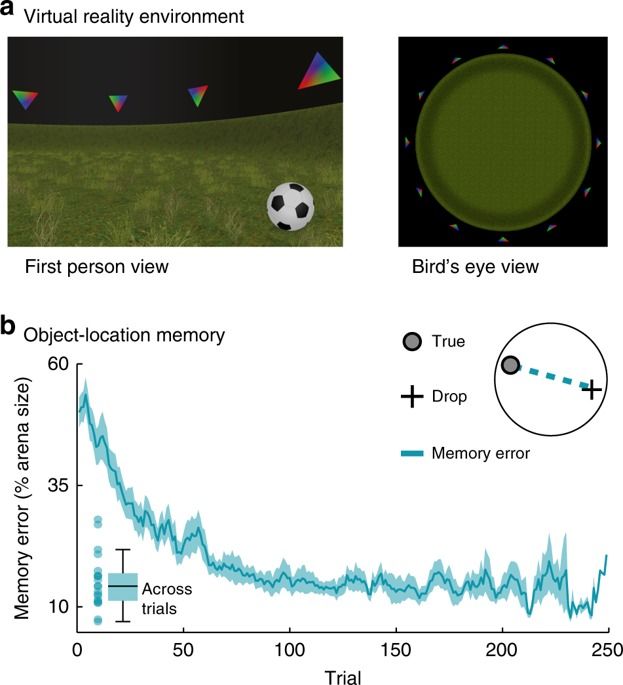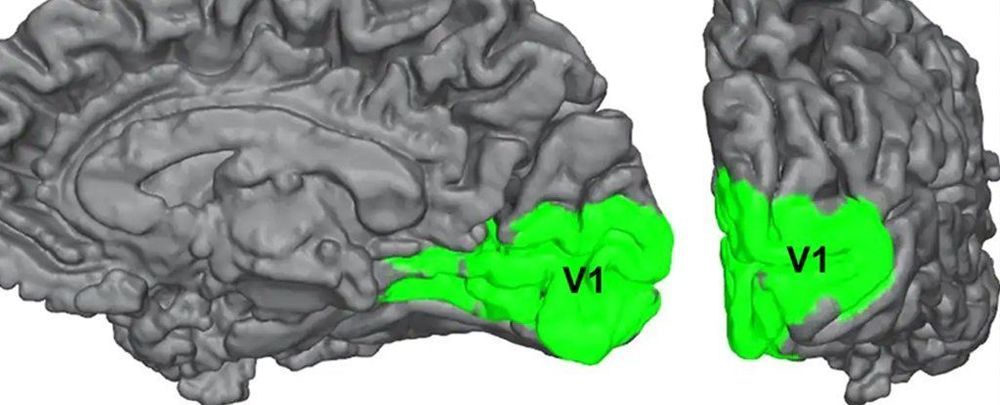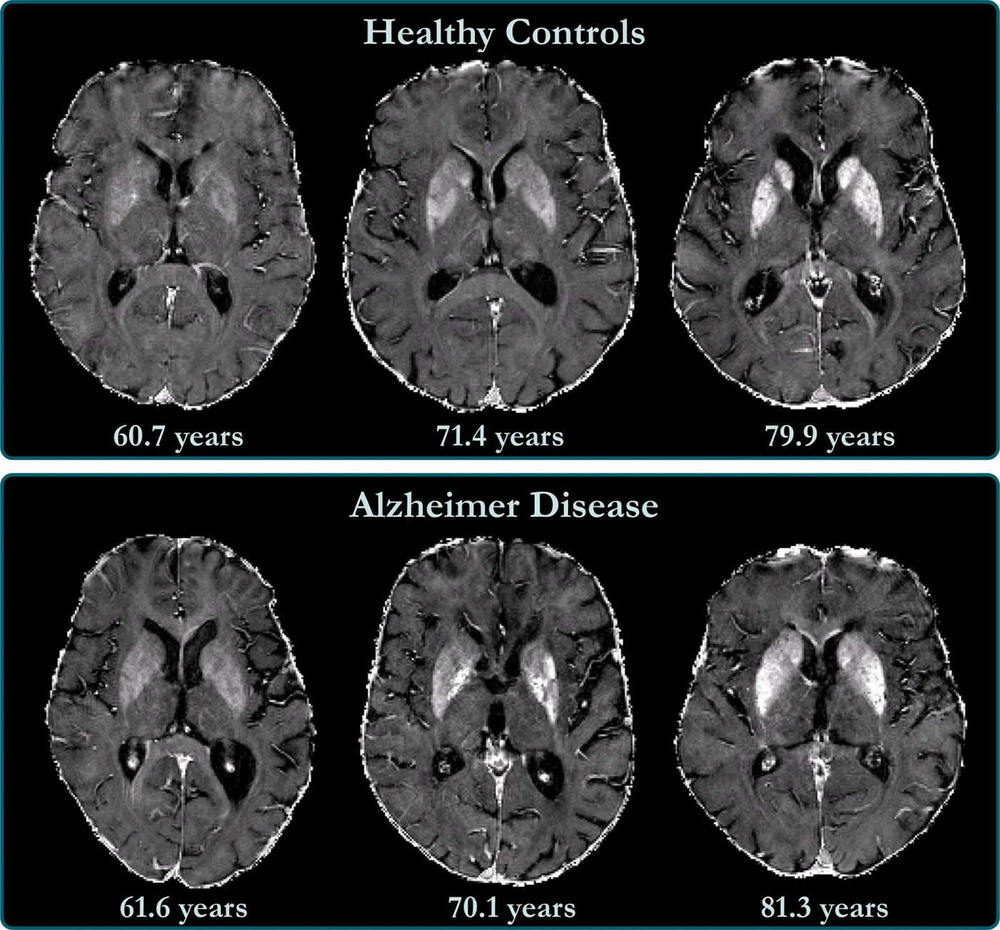Study after study has shown that statins can prevent heart attacks, strokes and death in middle-aged adults. But in 28 major clinical trials of statins, only 2 percent of participants have been 75 years or older. This means that even though older adults are at greater risk of heart disease and death, there is scant data on whether statins should be prescribed for them.
A new study led by investigators from Brigham and Women’s Hospital and VA Boston Healthcare System leverages national data from the U.S. Veterans Health Administration Services and Centers for Medicare & Medicaid Services to shed new light on the role statins may play for older adults who have not yet experienced a heart attack, stroke or other cardiovascular event. In their retrospective analysis, the researchers found that the risk of dying from any cause was lower by 25 percent among veterans who were using statins compared to those who were not treated with statins. The risk of dying from a cardiovascular event, such as a heart attack or stroke, was lower by 20 percent. The team’s results are published in JAMA.
“Based on these data, age is not a reason to not prescribe statins,” said lead and corresponding author Ariela Orkaby, MD, MPH, a physician scientist at VA Boston Health Care System and in the Division of Aging at the Brigham. “Statins are commonly studied and prescribed for middle-aged adults but understudied in people over age 75. One of the most remarkable things about our results is that we found the benefit of statins held true regardless of whether a person was older or younger or had a condition such as dementia.”









